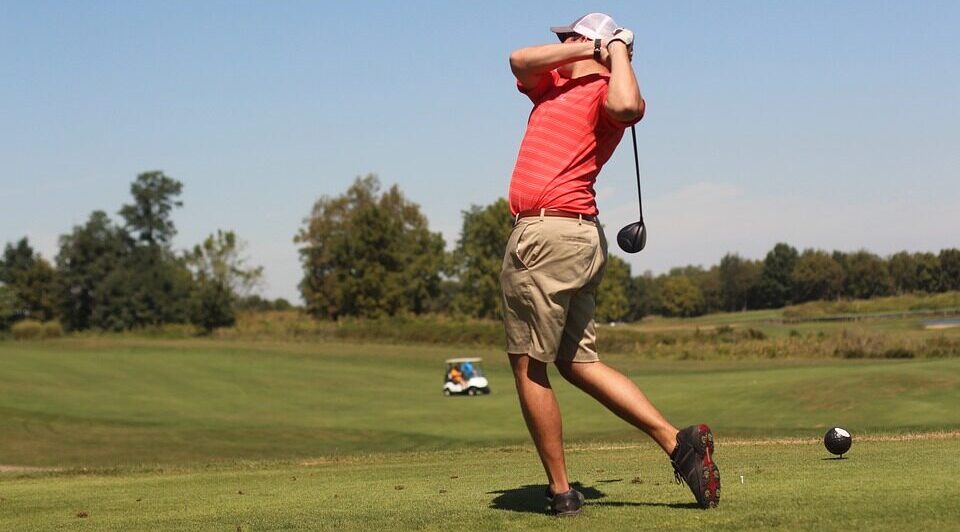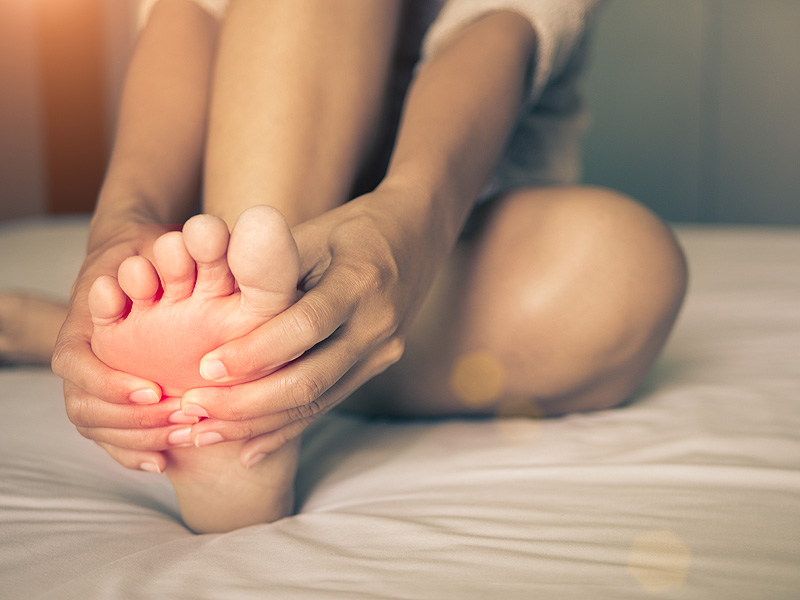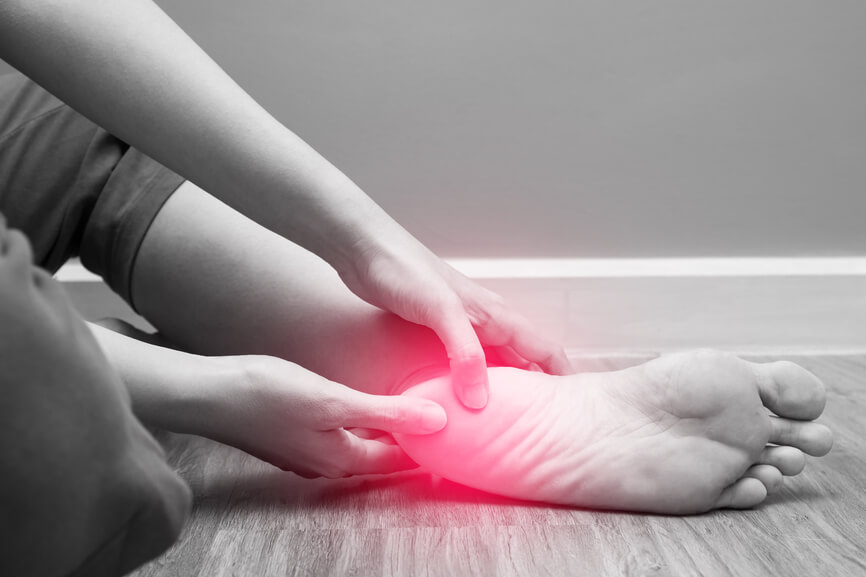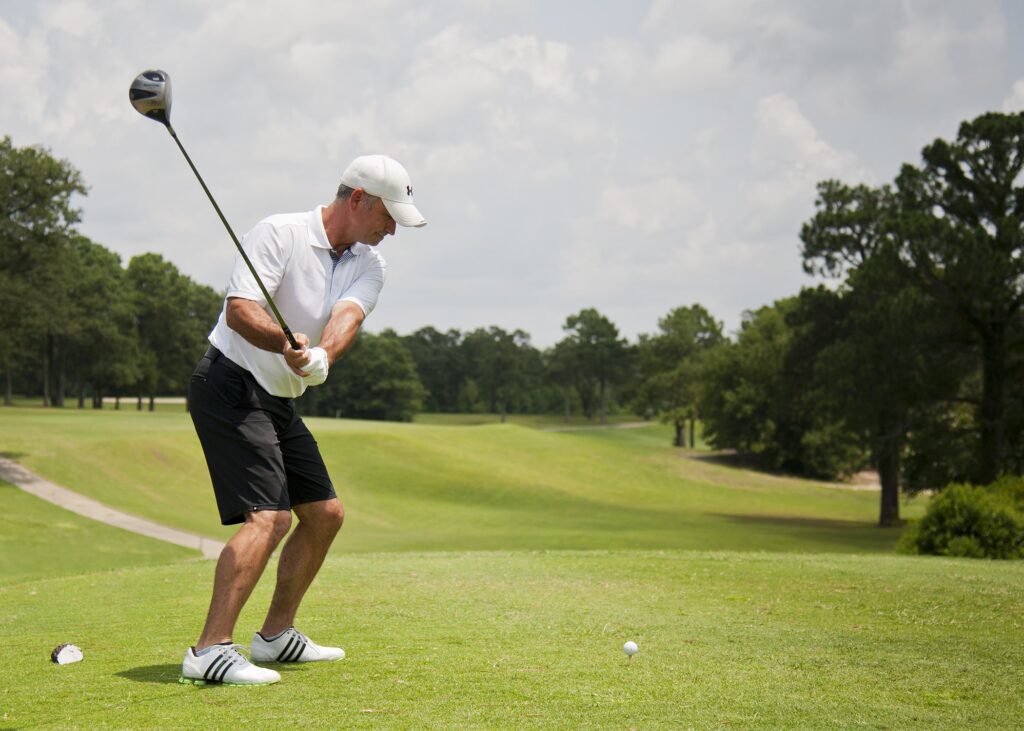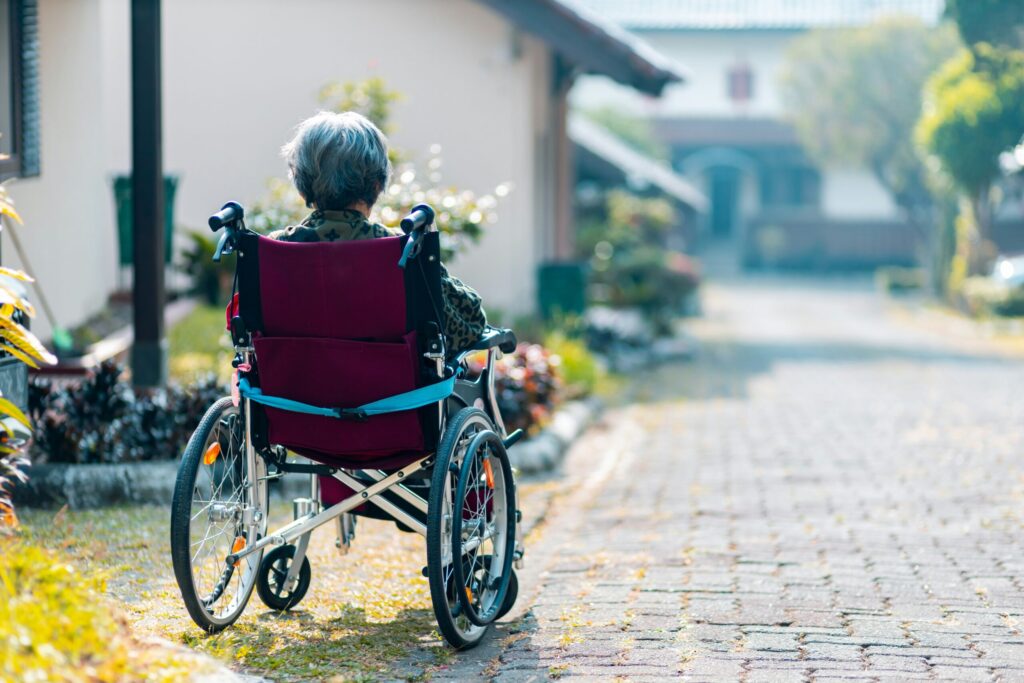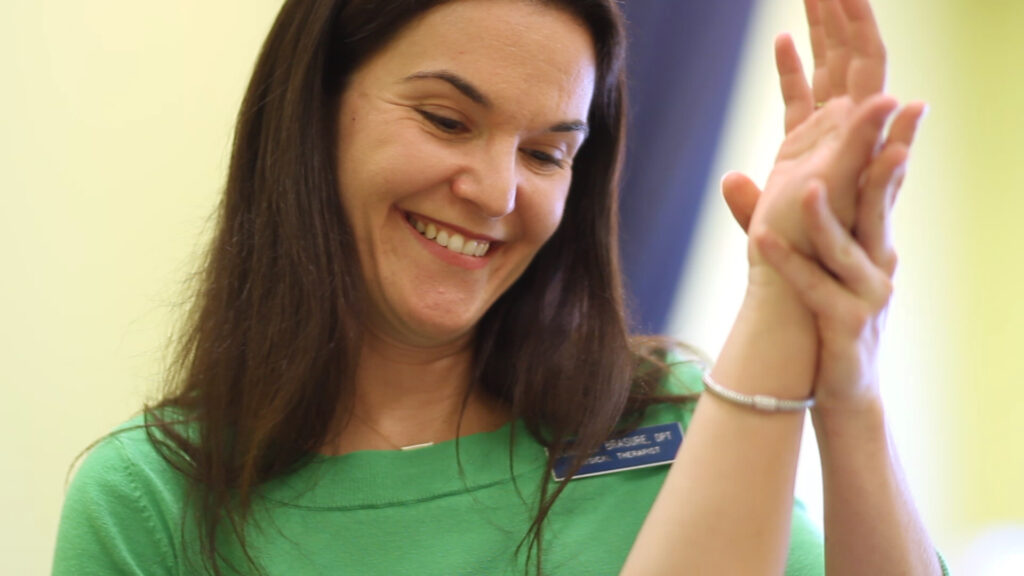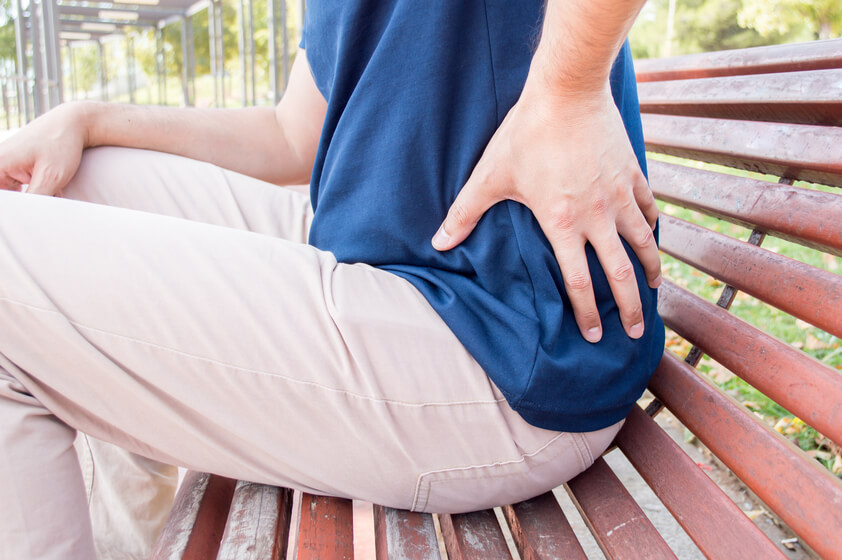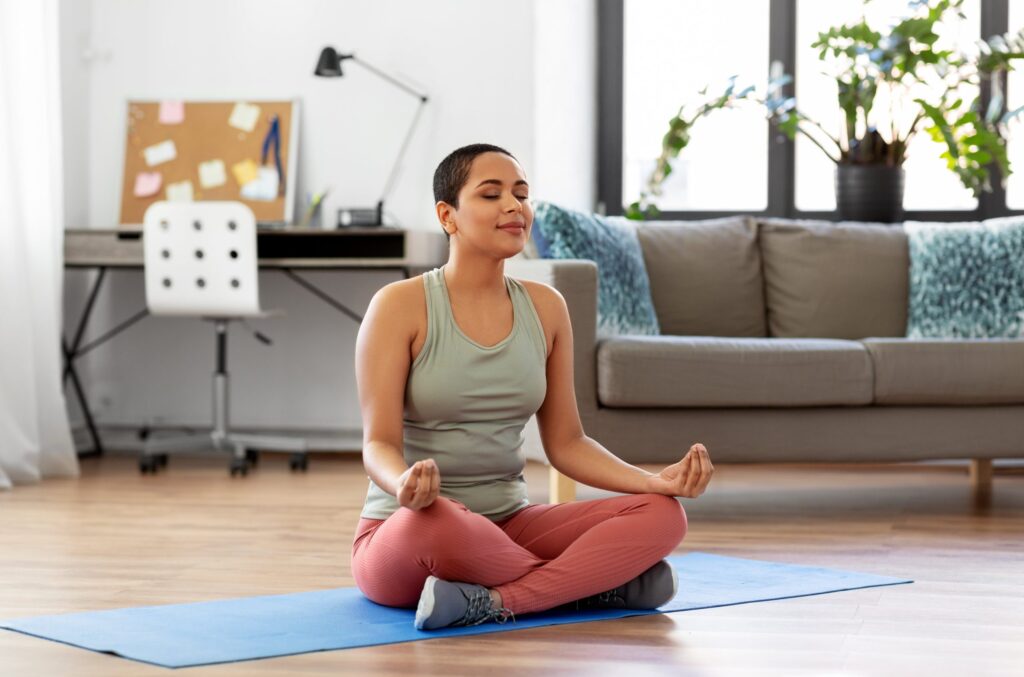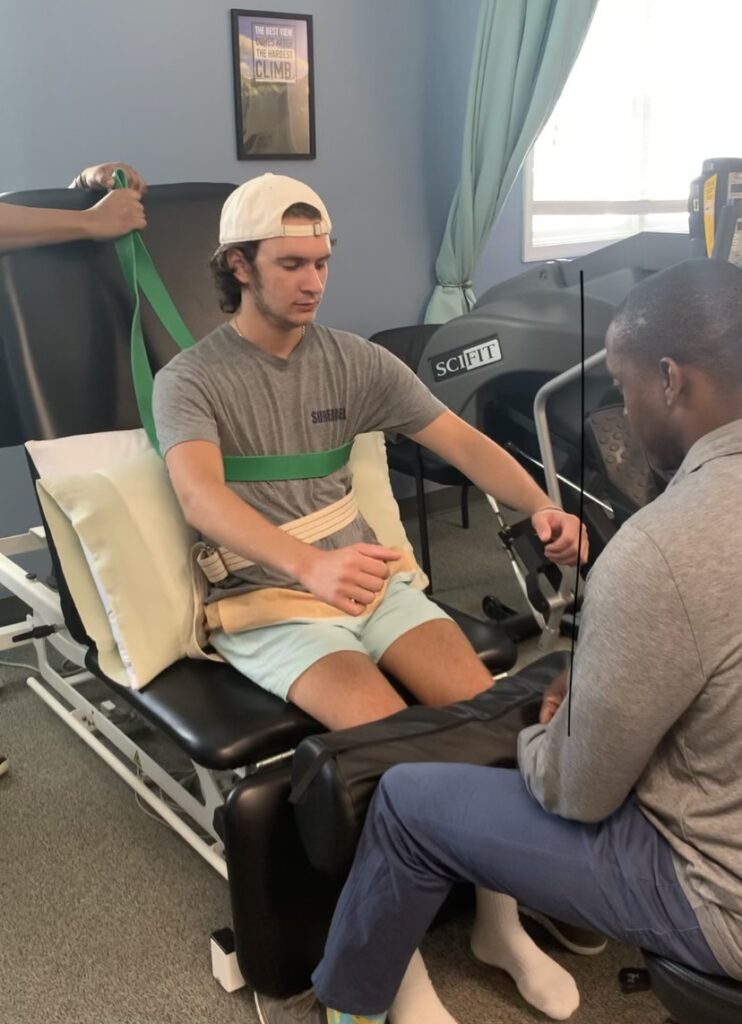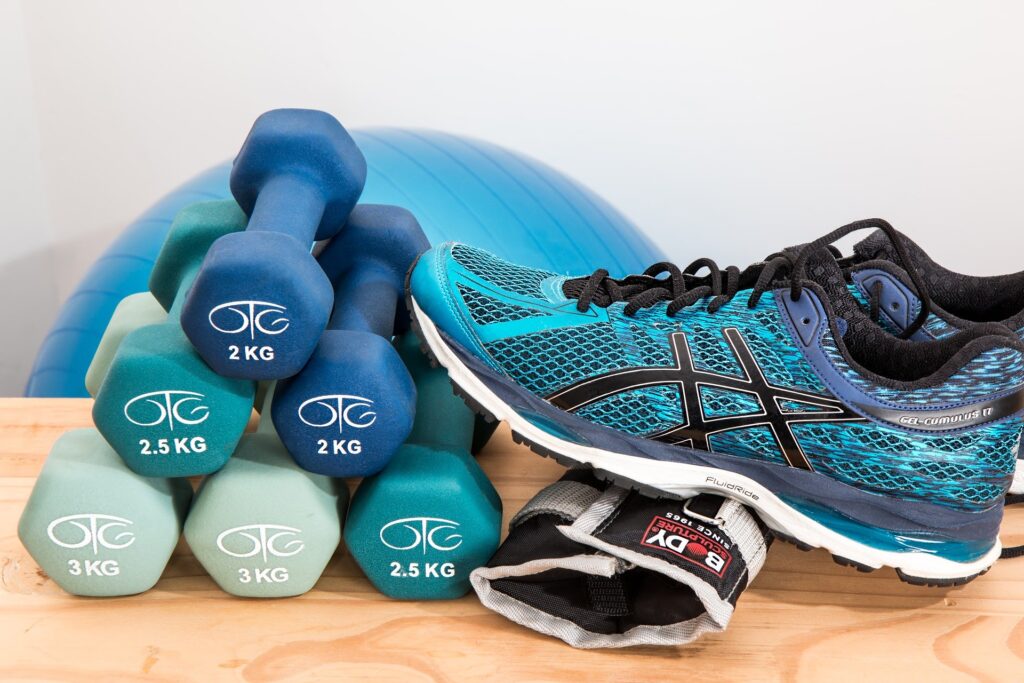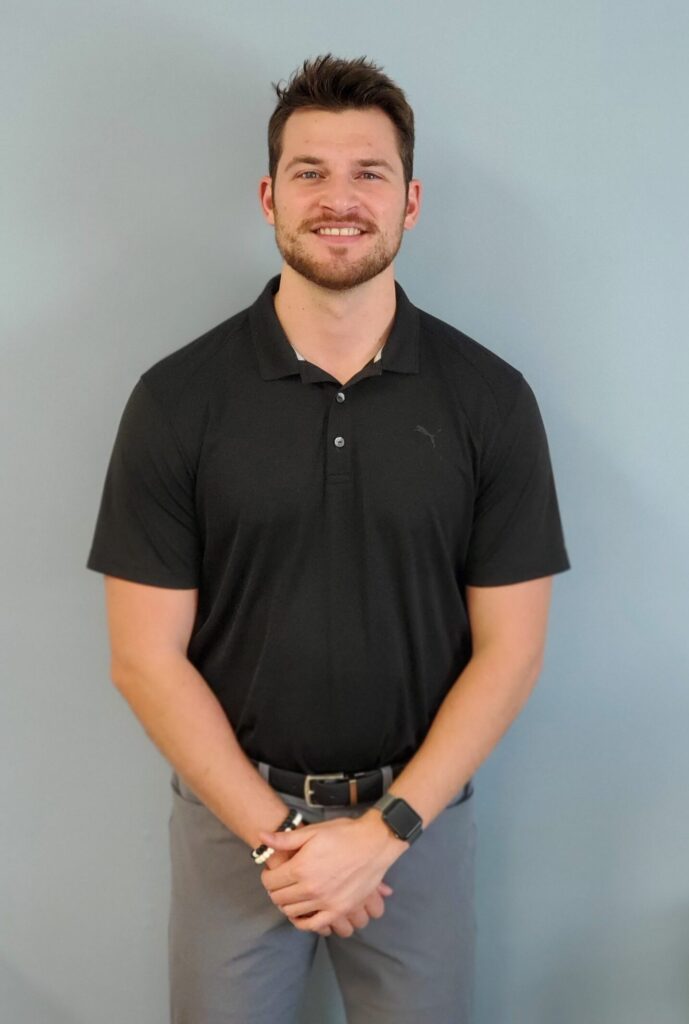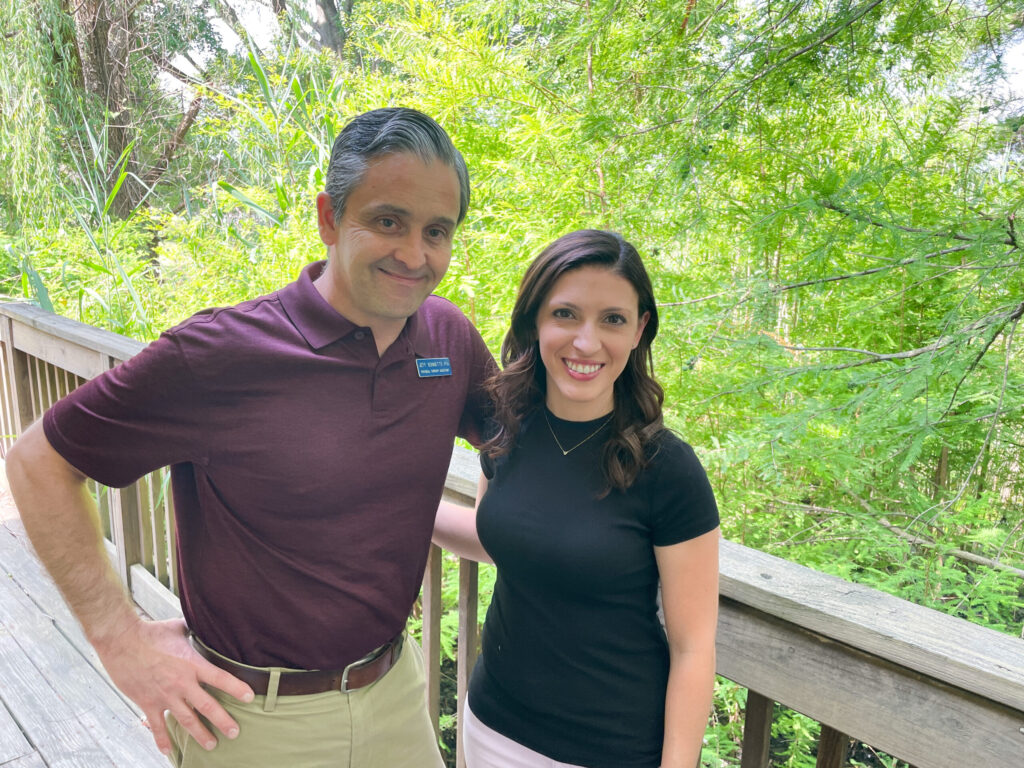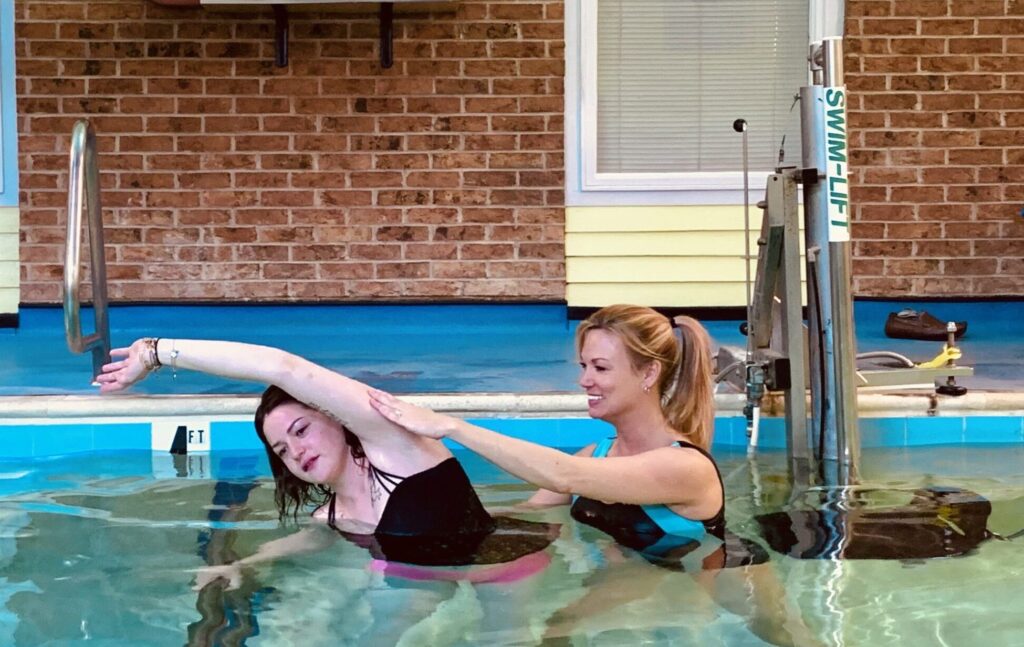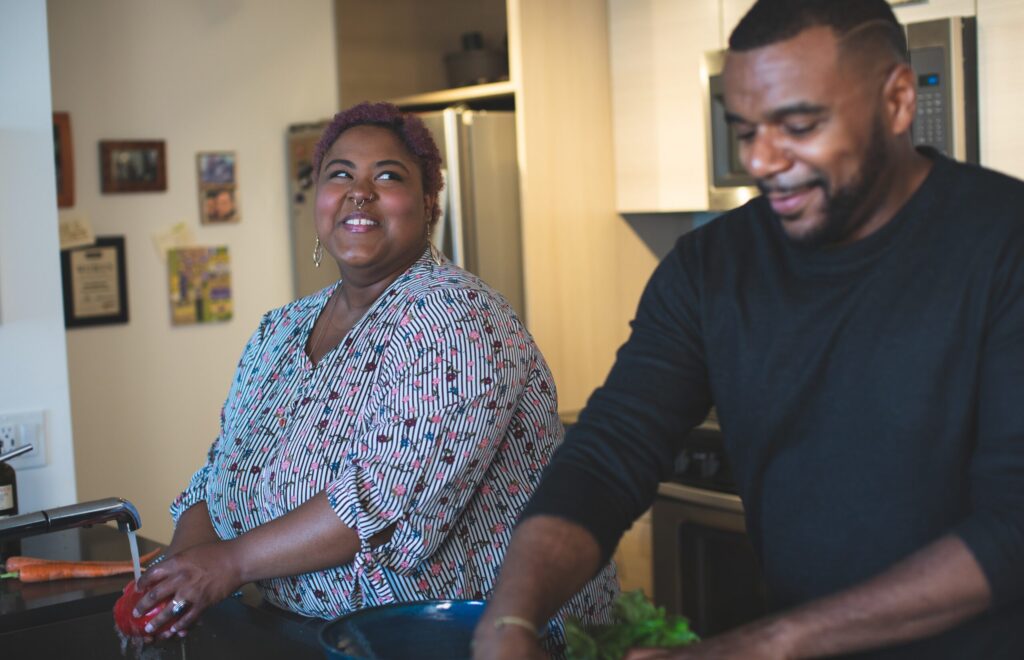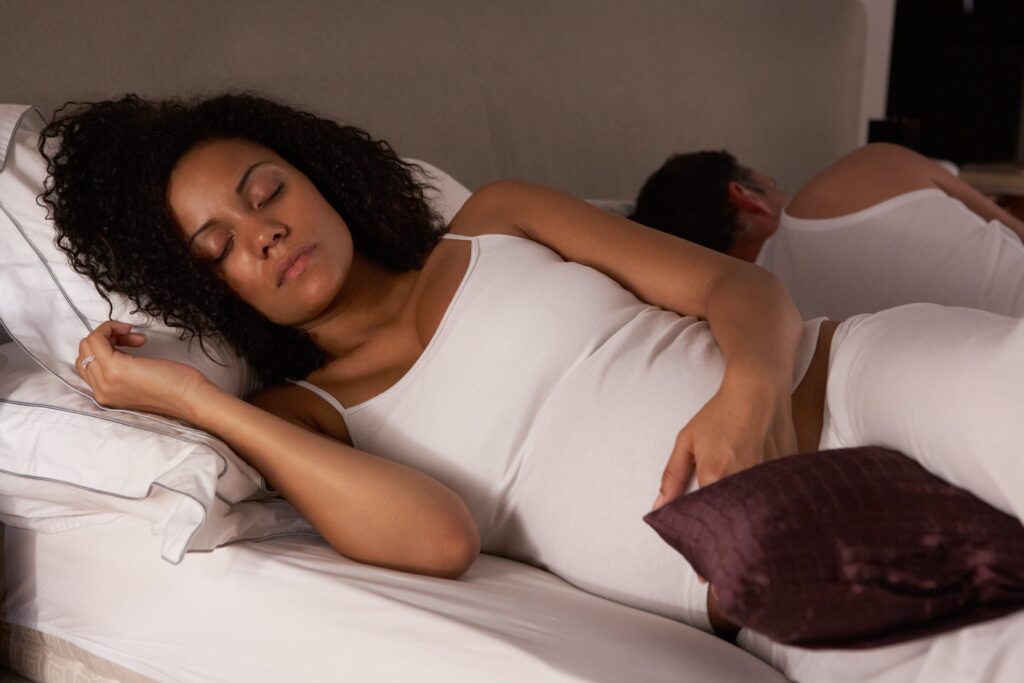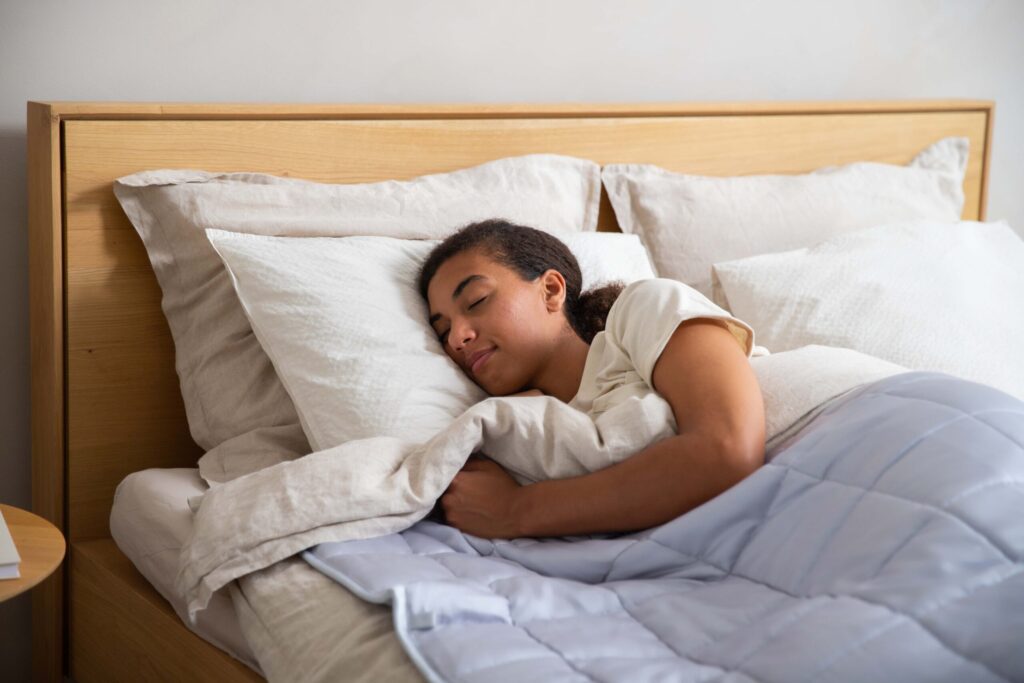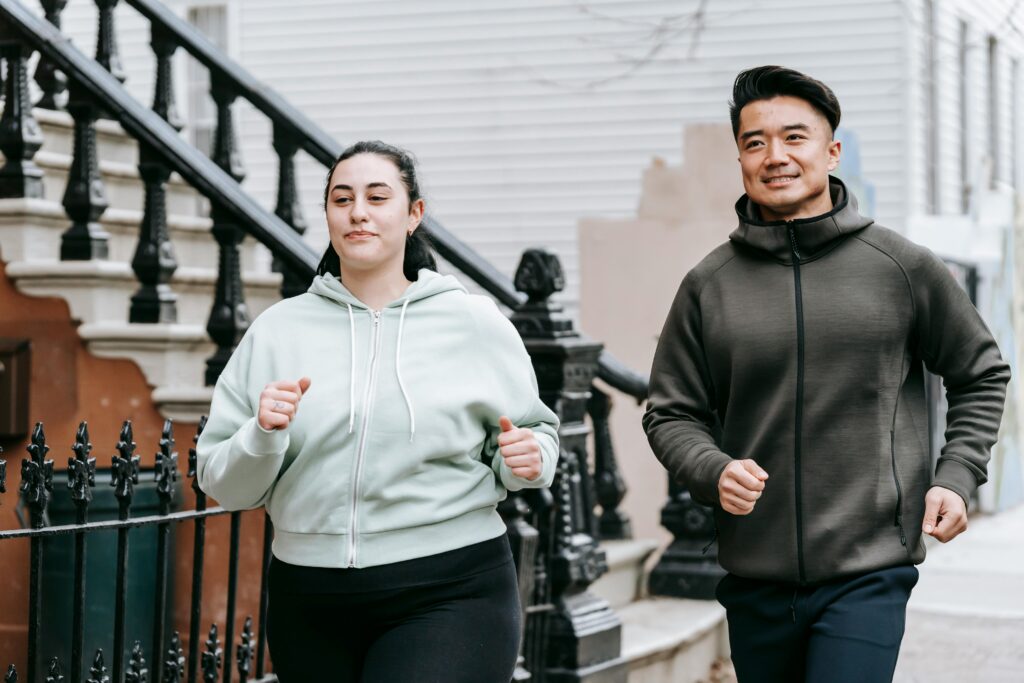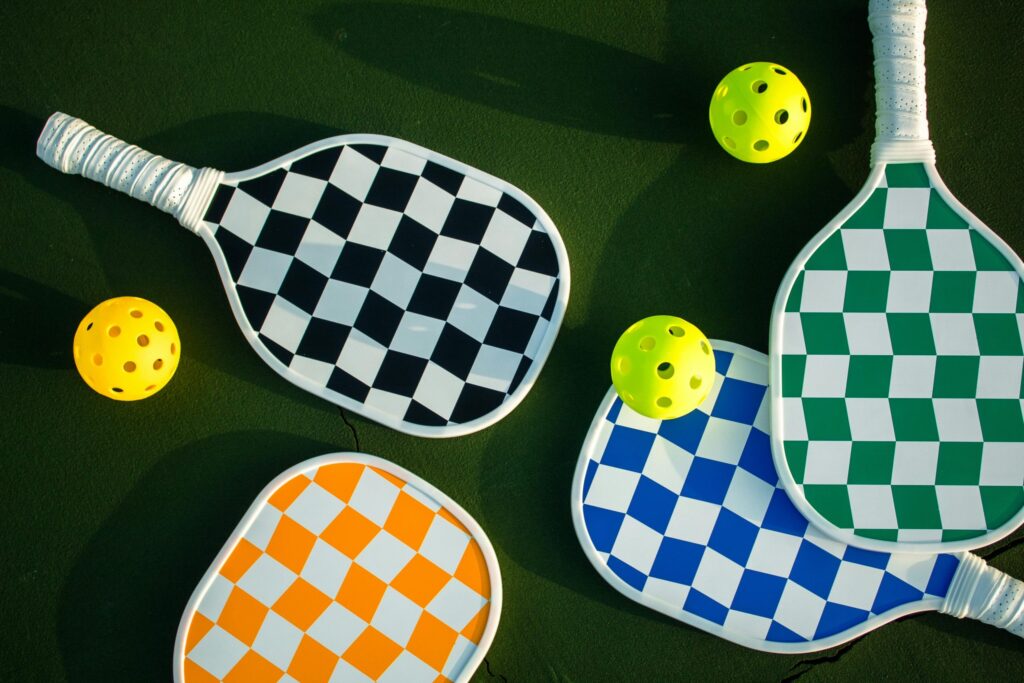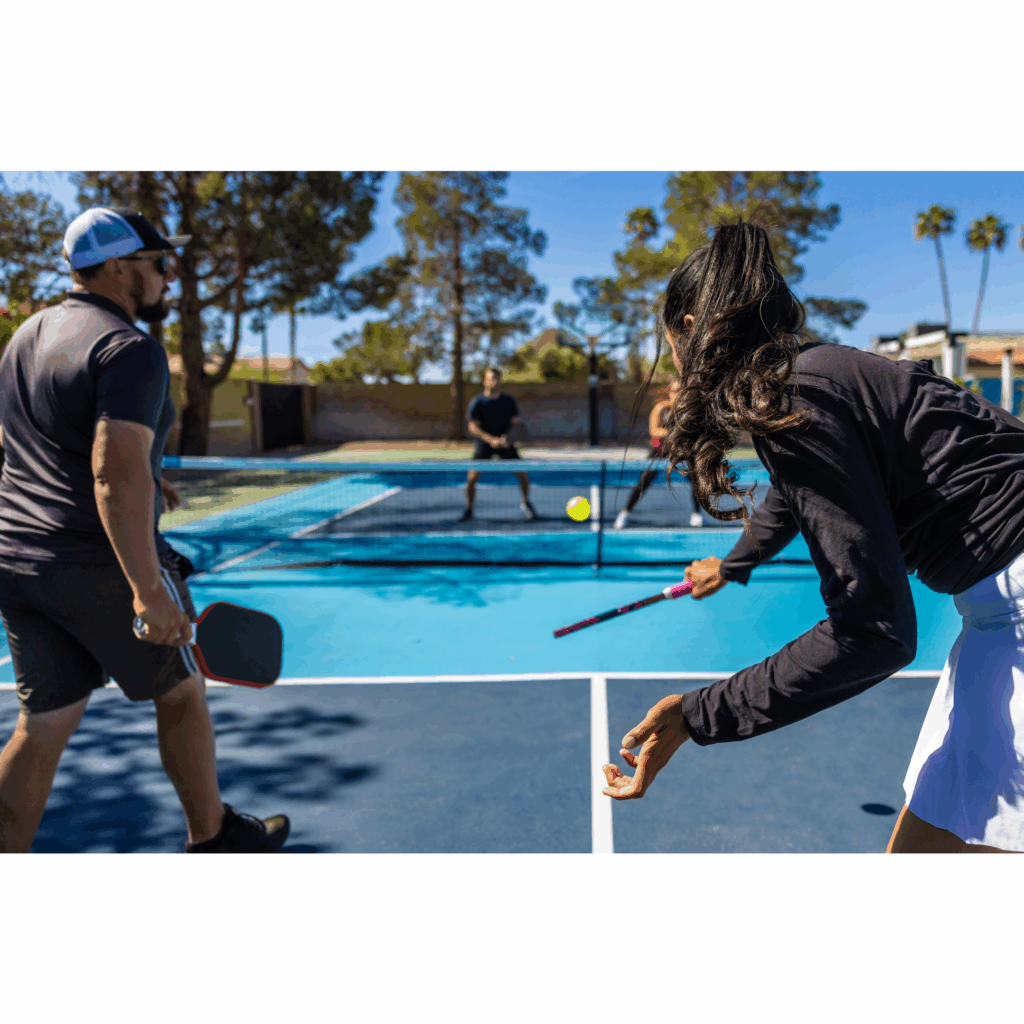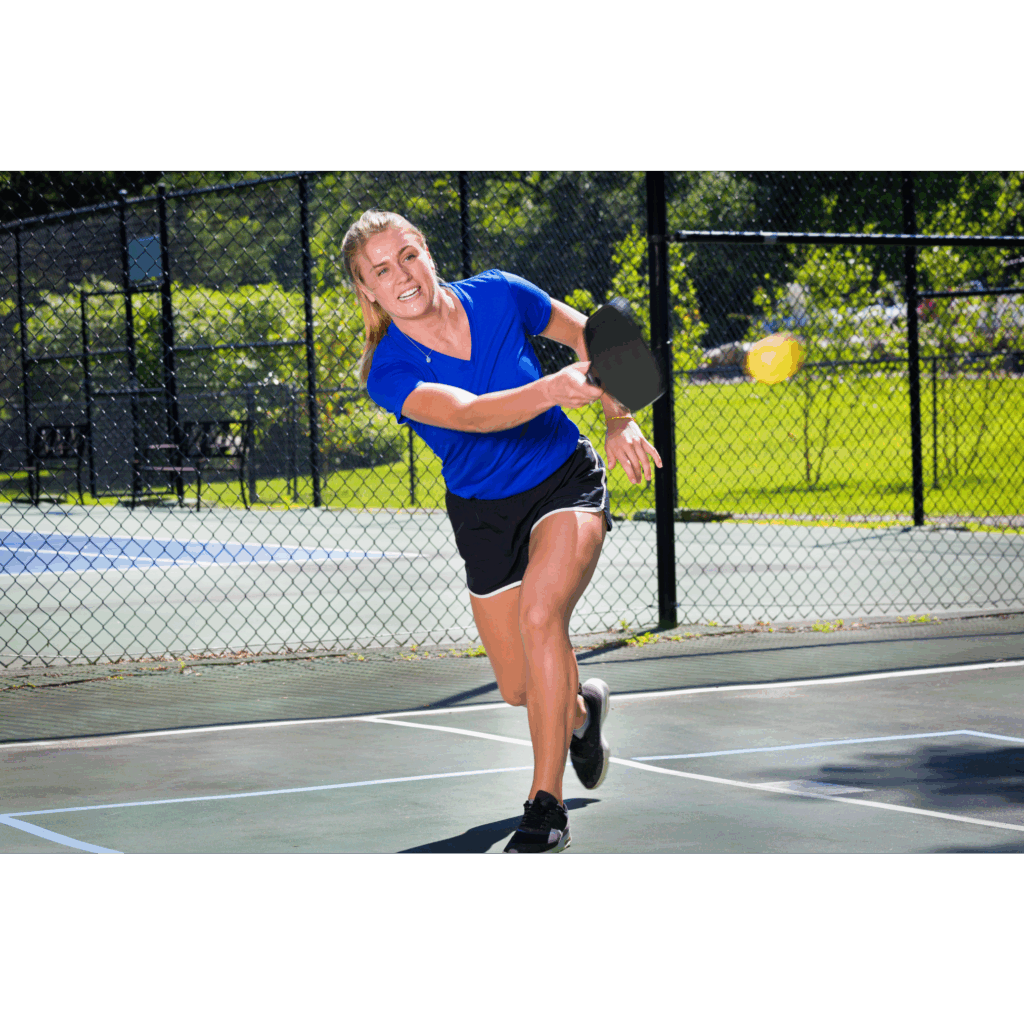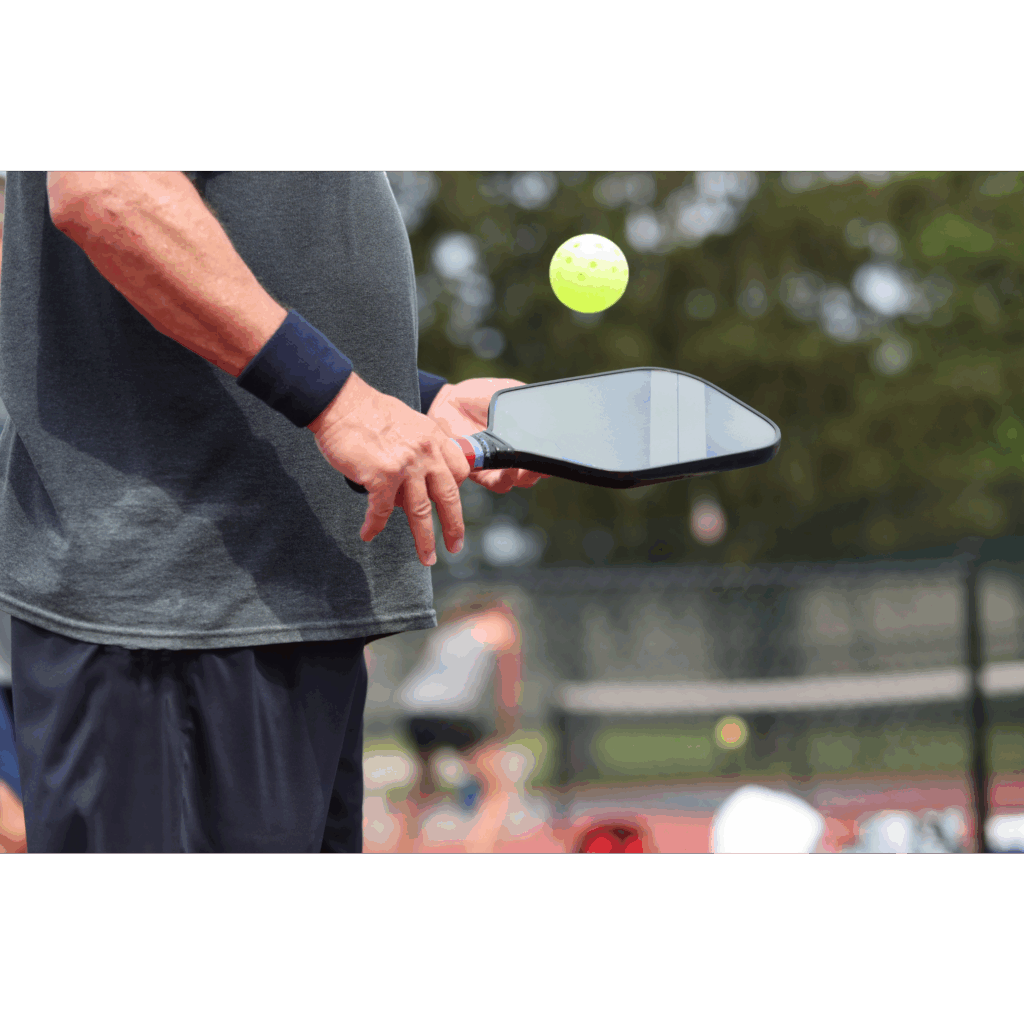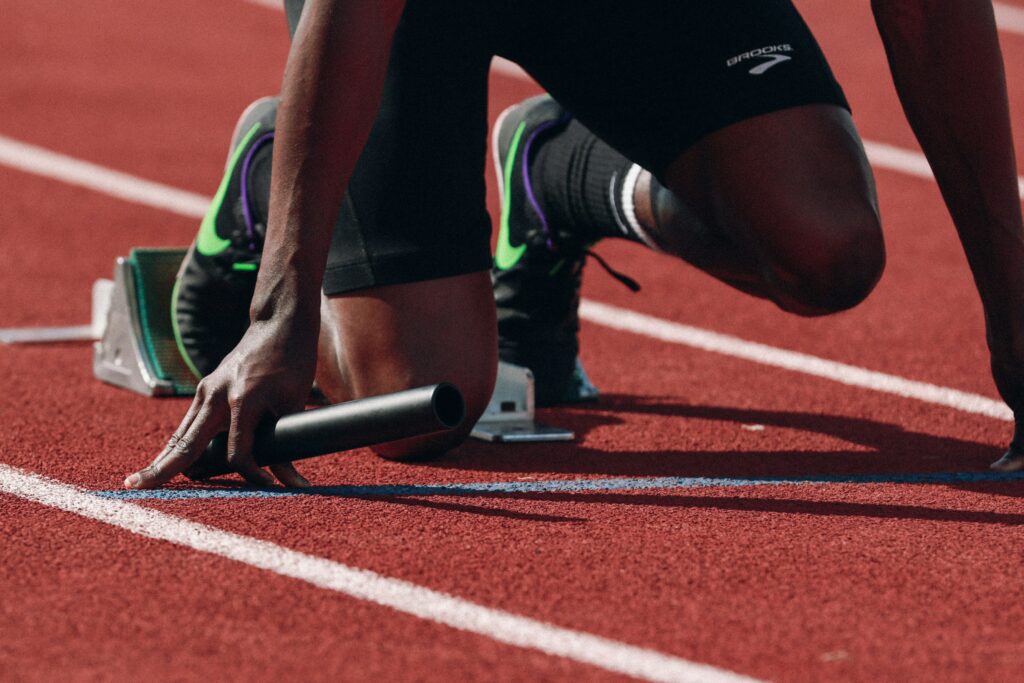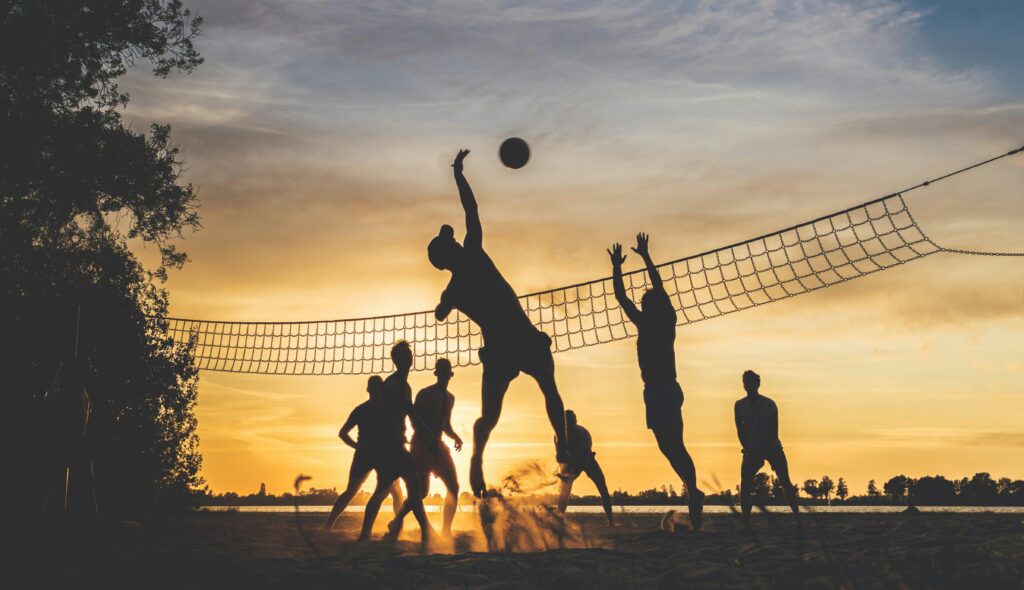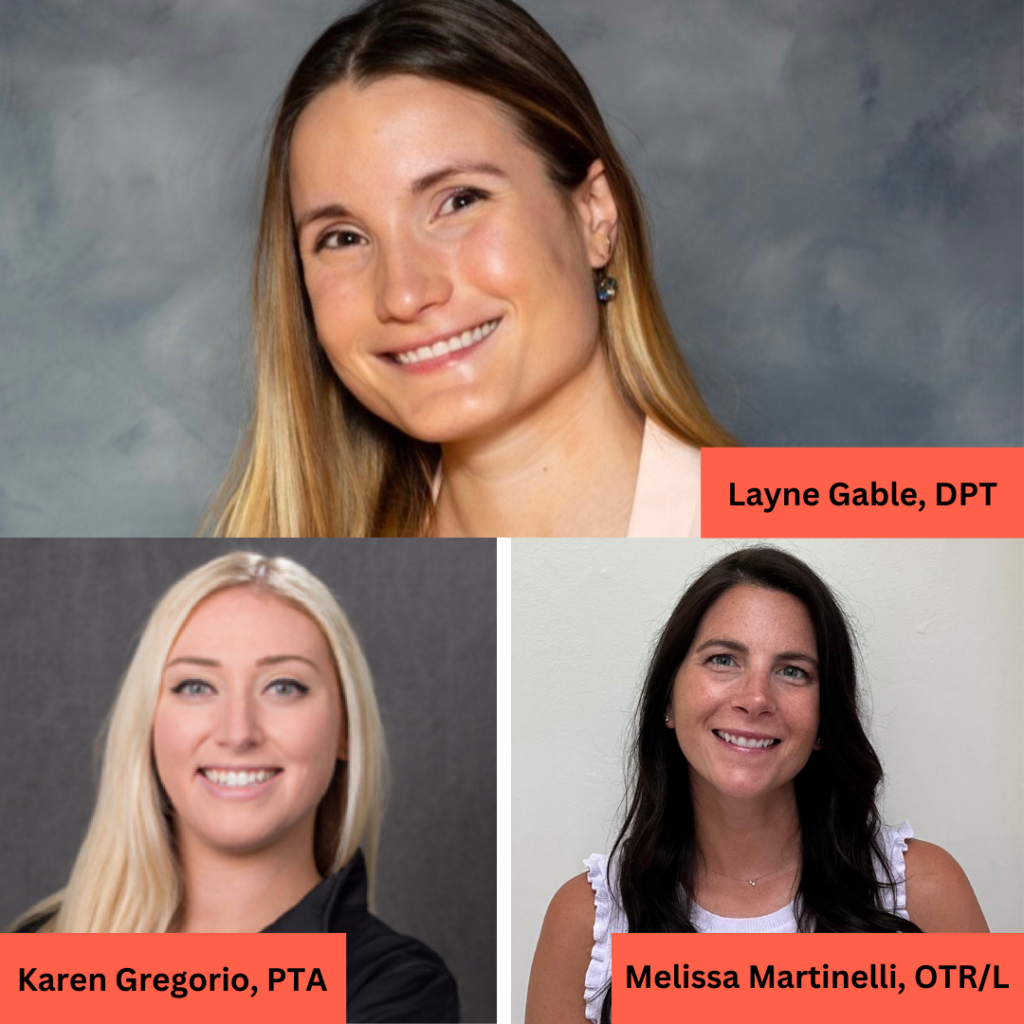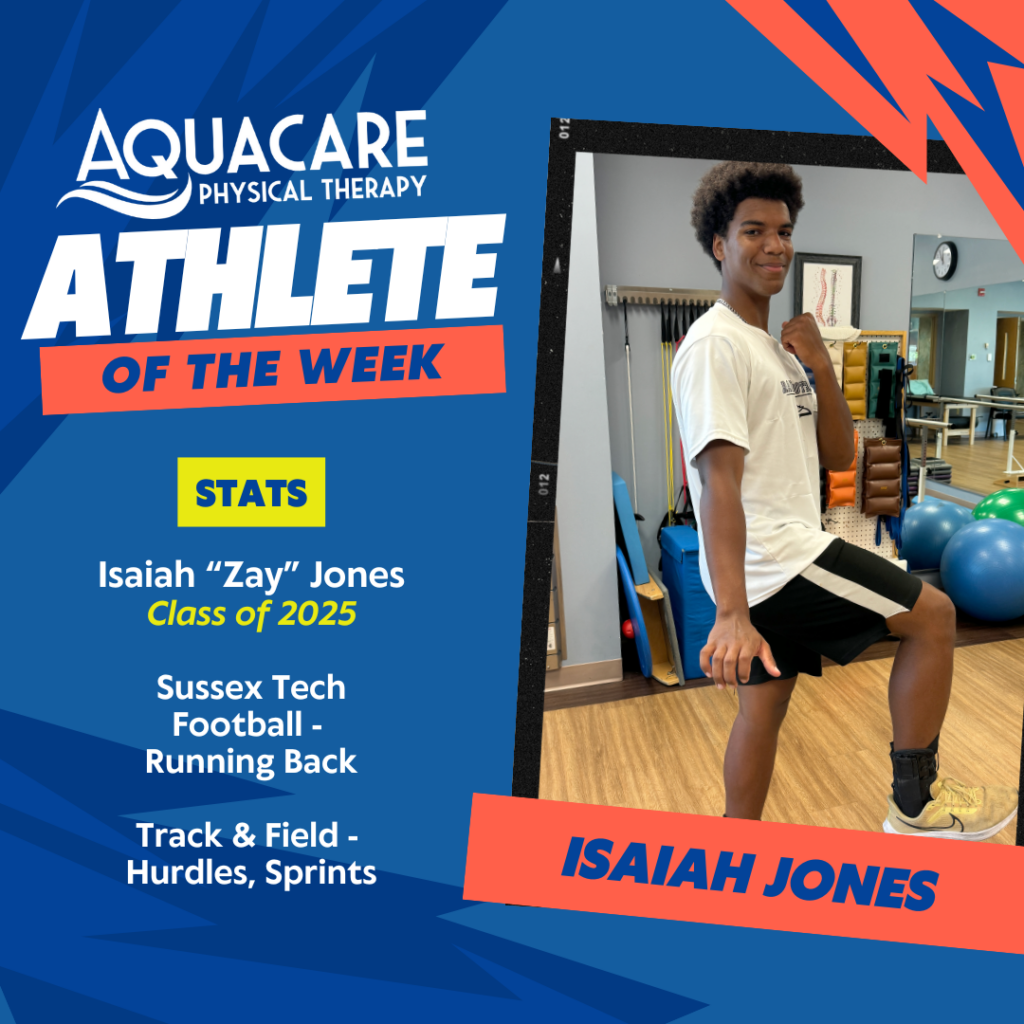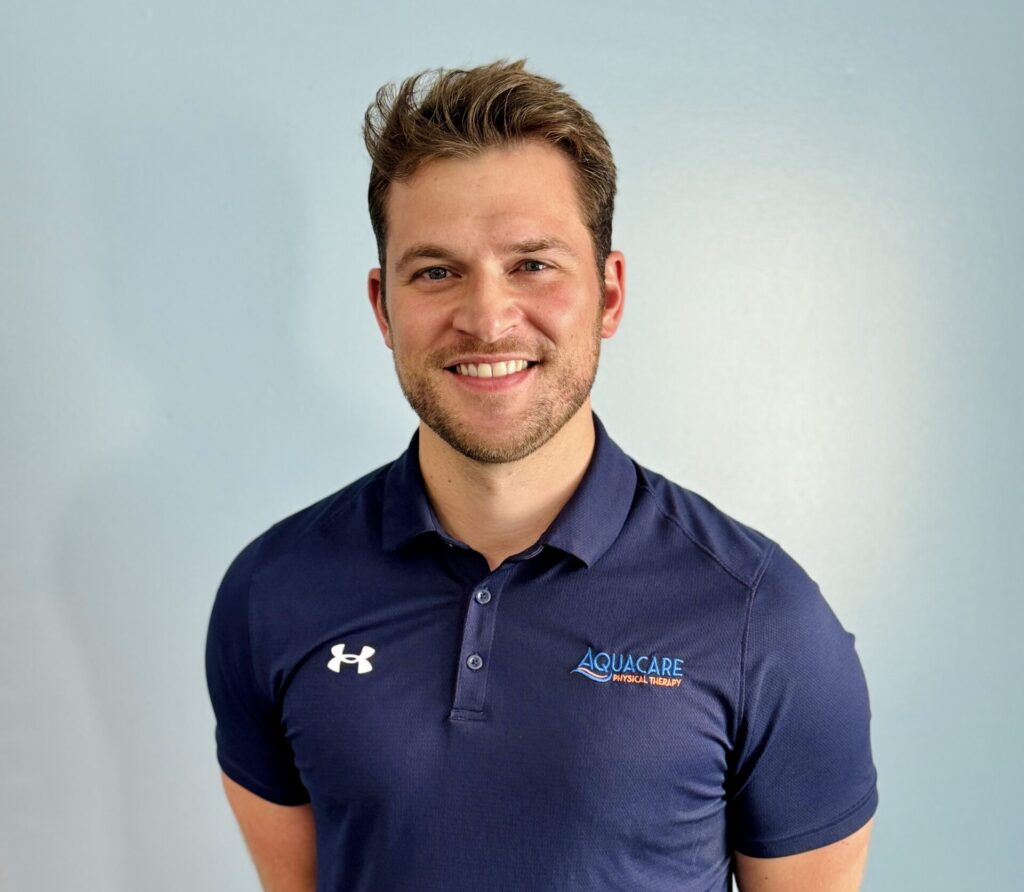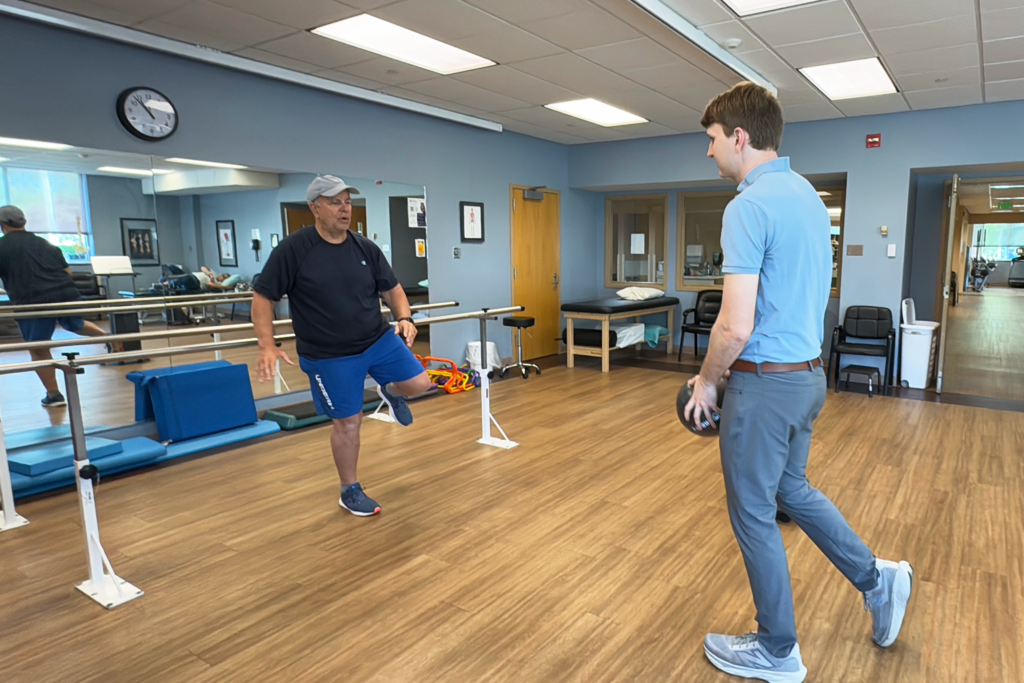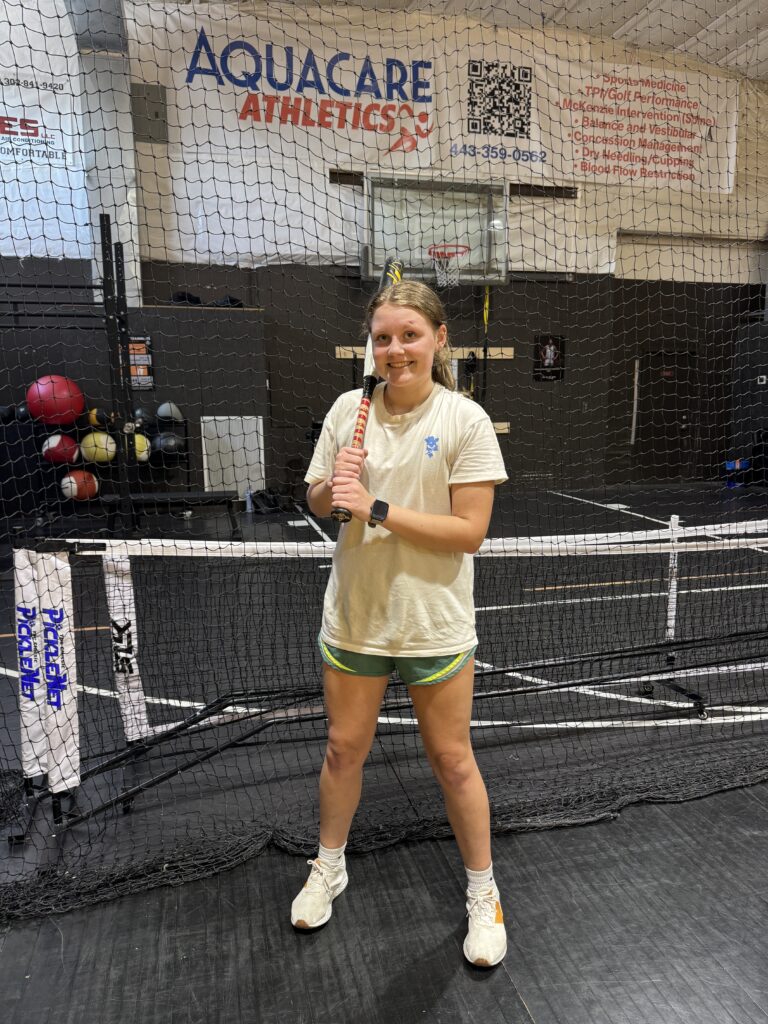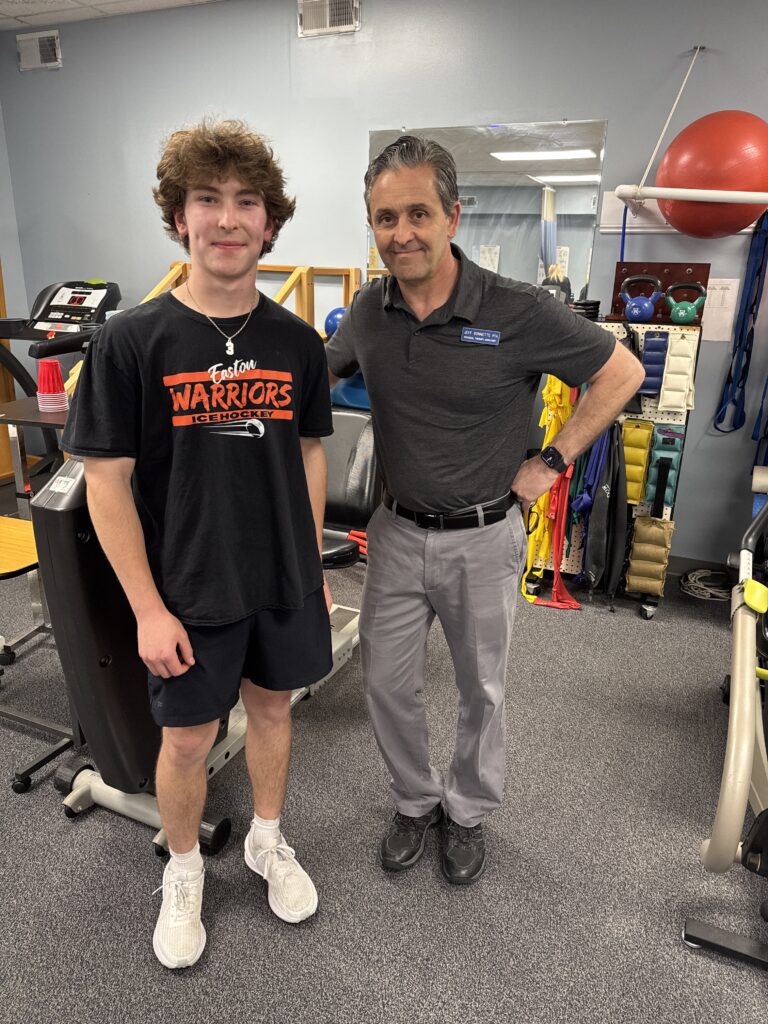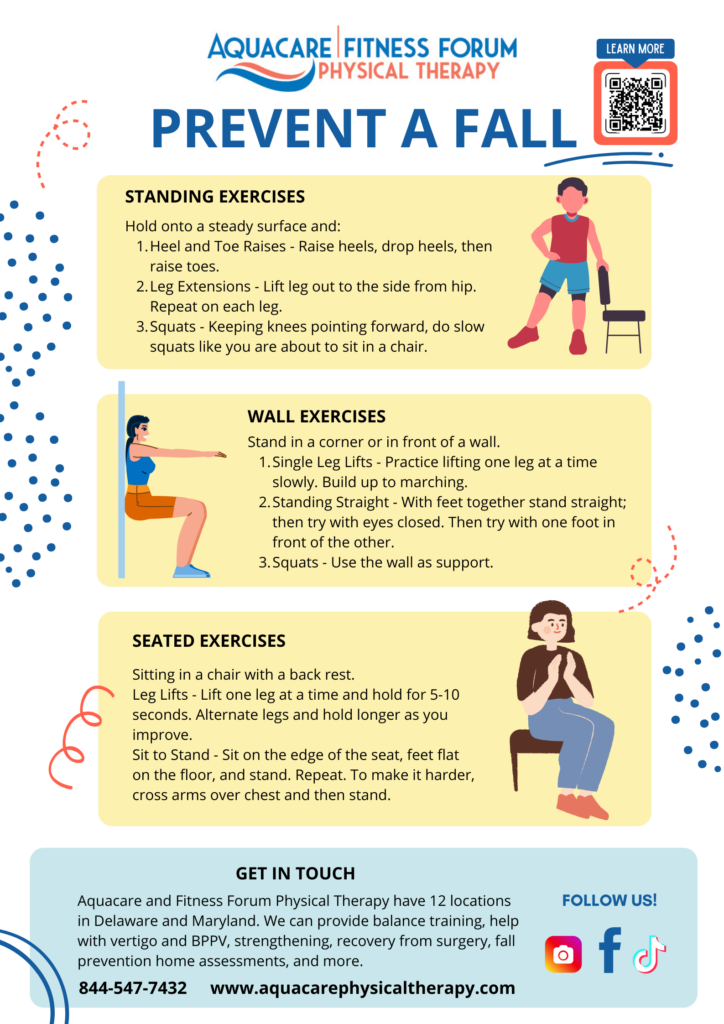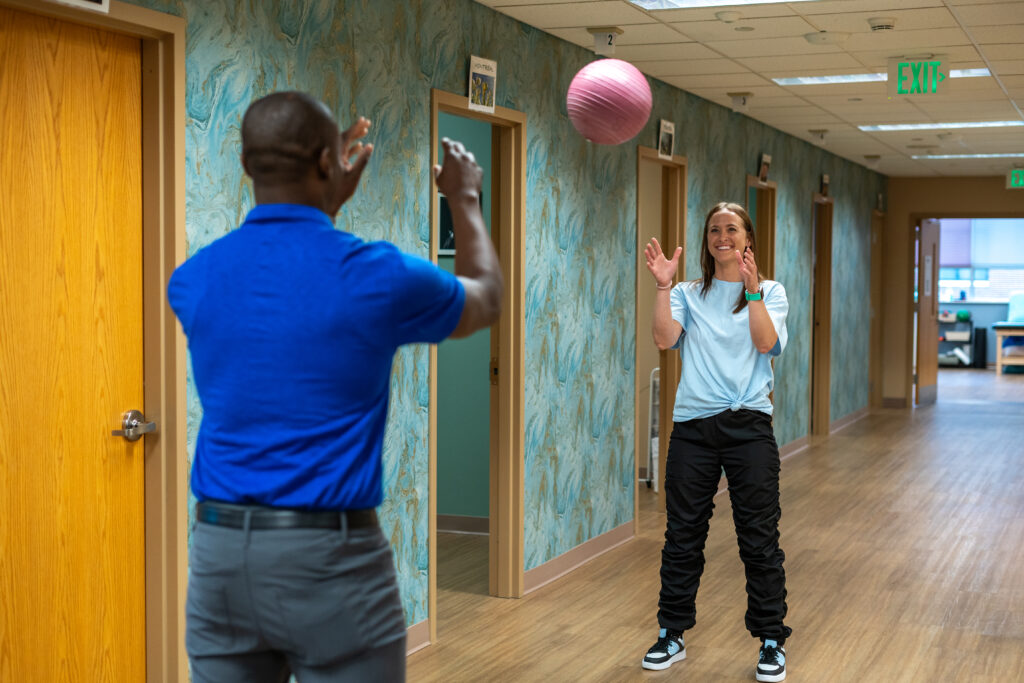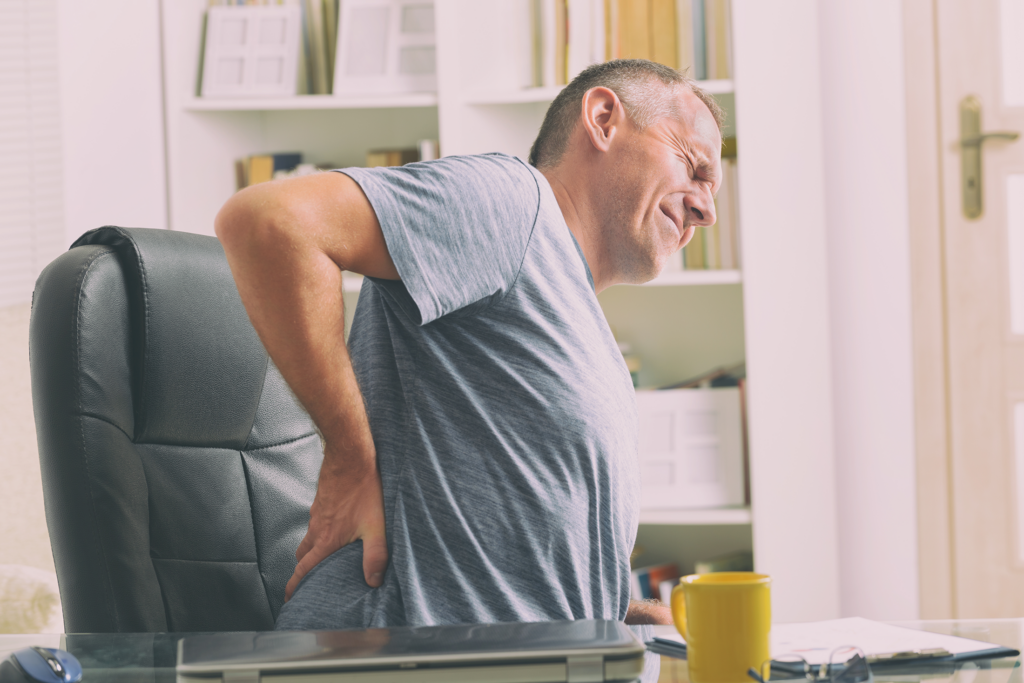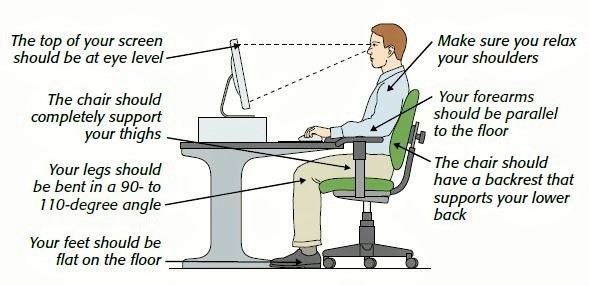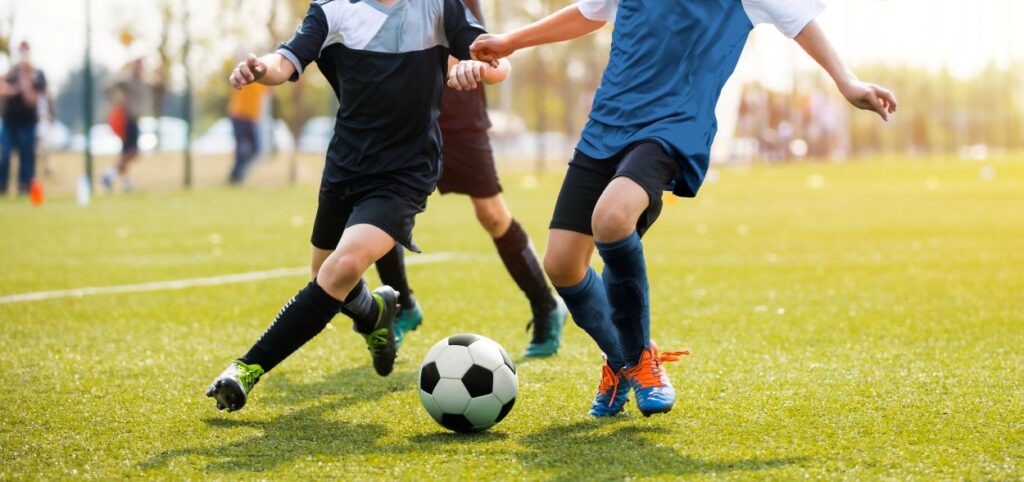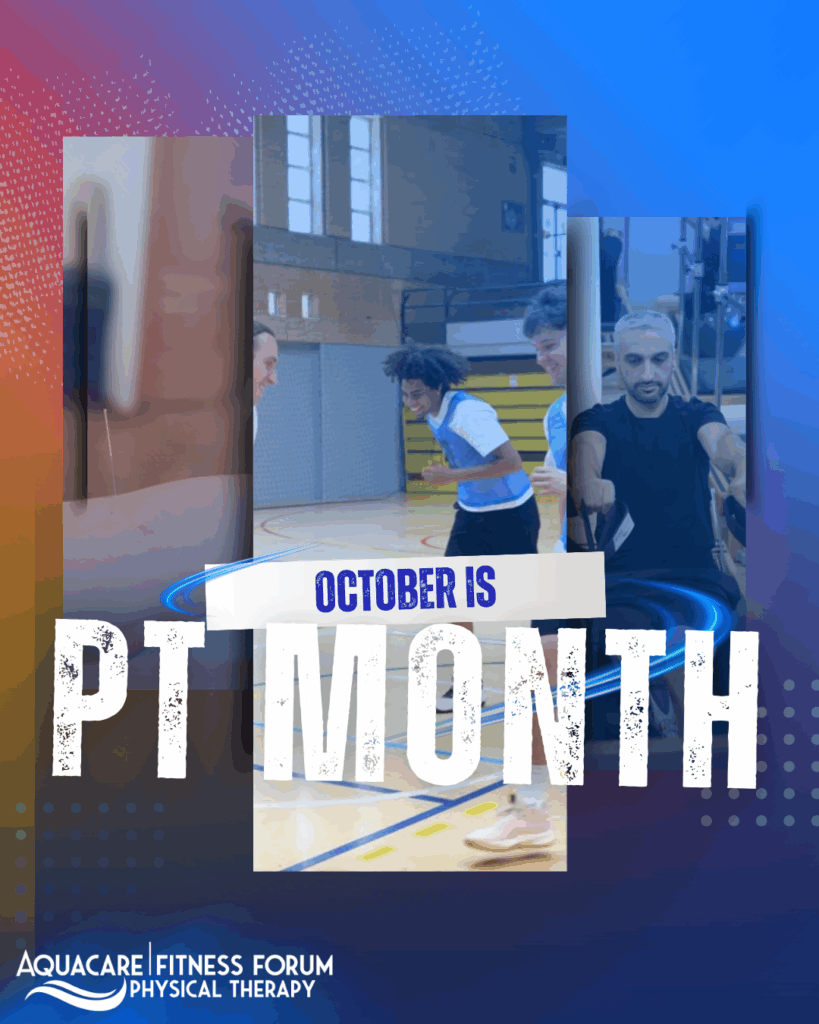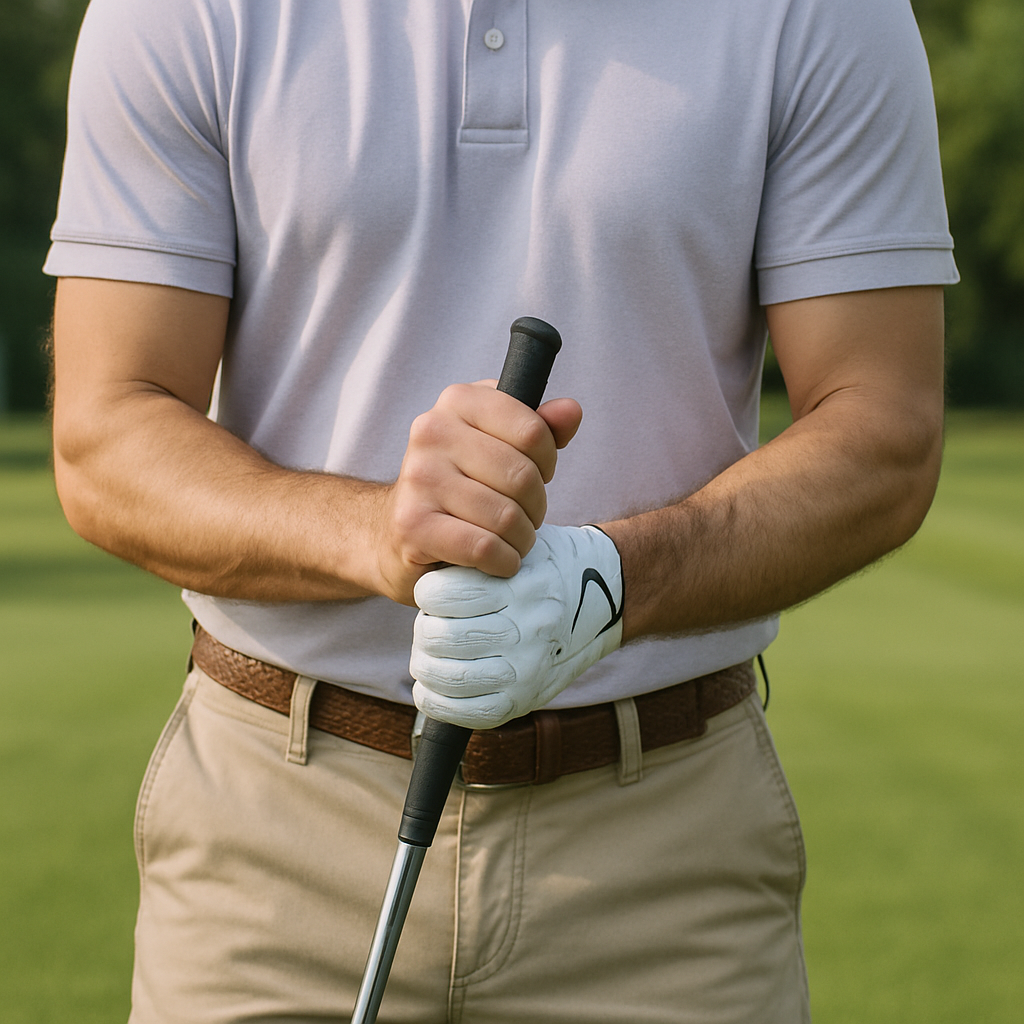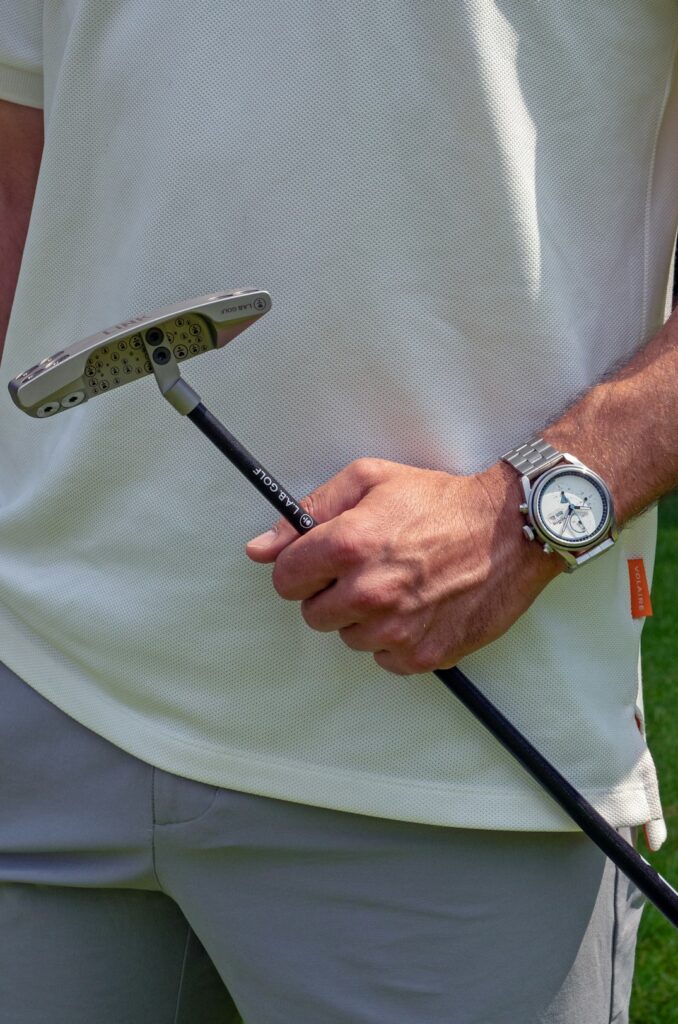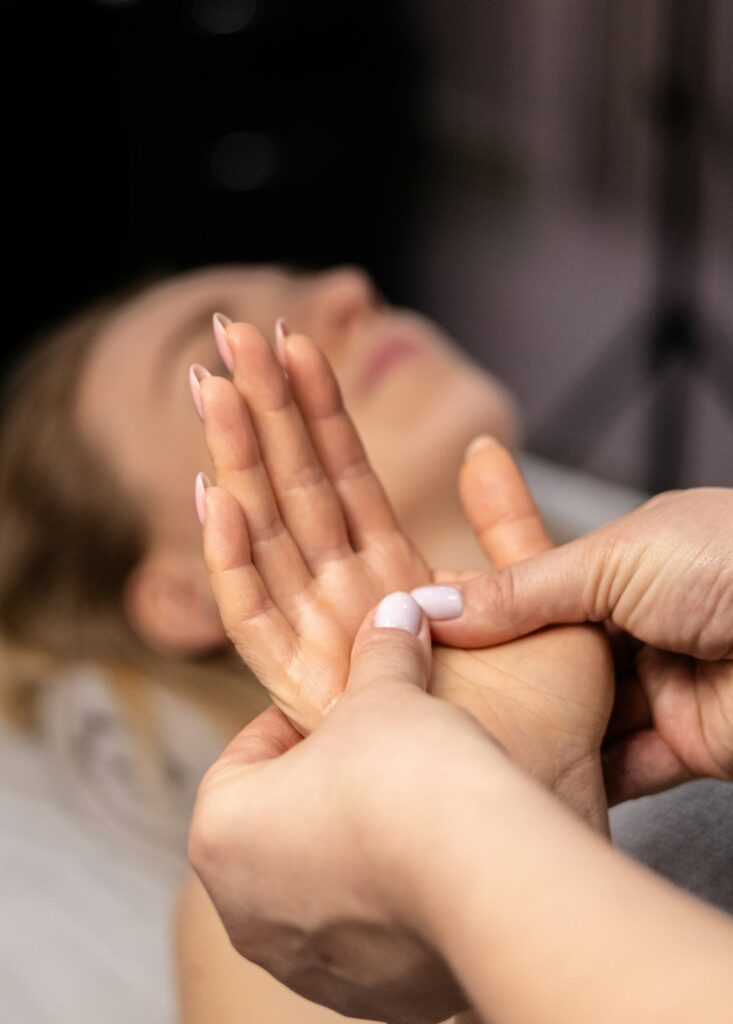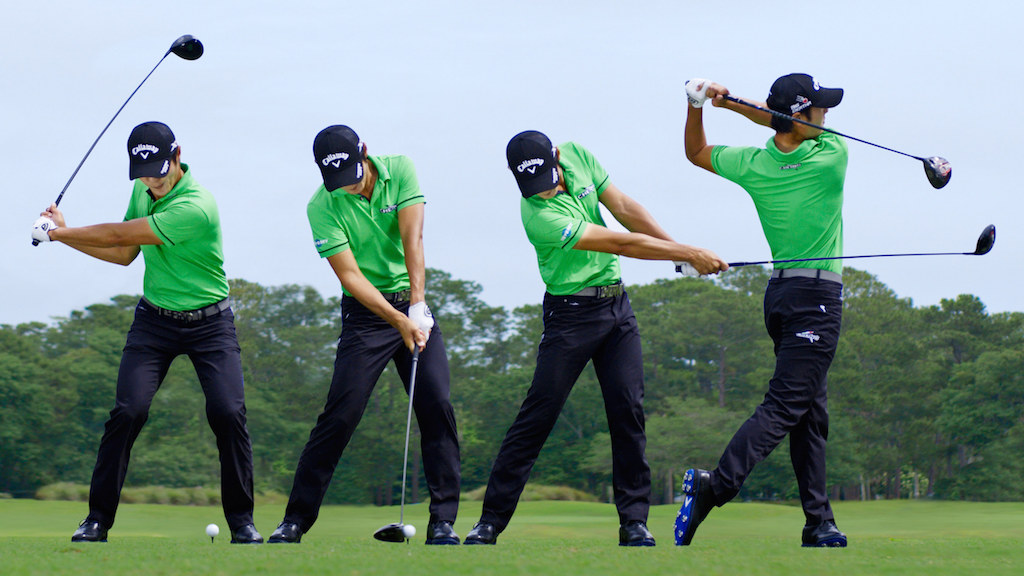
Golf-Related Low Back Pain Part 2

Now that you understand why low back pain occurs during golf from our post “Golf Related Low Back Pain Part 1: Why does it occur??” Let’s now talk about how you modify the causes of low back pain and reduce your low back pain. Below are 3 strategies to reduce the stress placed on your lumbar spine from your golf game:
- Golf Frequency: Have you ever heard the expression “everything in moderation”? This concept can be applied to many sports including golf. There is such a thing as TOO MUCH GOLF. Try limiting yourself to 18 holes per day maximum. Also as the season begins, ease your way into the season gradually increasing how many days you play and practice per week until you reach the frequency you desire. It generally is okay to golf everyday, but one must make sure they have a good level of fitness first which leads to…
- Golf Specific Fitness: The age of “you don’t need to exercise or be in-shape to play golf” has been debunked by many physically fit golfers like Tiger Woods and through much research. It is imperative to have a great baseline cardiovascular endurance and muscular strength/endurance to be able to tolerate the demands the golf swing places on your body. You can counteract fatigue and the cumulative load theory with higher muscle strength to substantiate the force placed on the body and the muscle endurance to prevent the same level of fatigue from setting in at the end of the round. Remember that swing deficits can be caused by mobility or stability deficits and that’s where golf fitness specialists such as physical therapists are primed to help you get to the level you need to be at.
- Swing Video Analysis: Have you ever watched a sport on TV and thought you saw something, but then the slow-motion video showed something completely different? We’ve all been there! What is seen with the naked eye is not always accurate to what’s actually occurring, the golf swing is no exception! Swing video analysis is something every golfer can benefit from regardless of injury, pain, experience, or performance. Slow-motion video allows to assess the swing for swing deficits, biomechanical faults, or musculoskeletal stability or mobility deficiencies which then can be corrected with the proper manual therapy, drills, and golf-specific exercises by golf professional such as a physical therapist.
Stay tuned for Golf Related Low Back Pain Part 3: Injury Prevention Strategies
Don’t let pain stop you from golfing any longer, it’s time to prepare your body for golf!
Excellens Physical Therapy is now offering golf swing video analysis by Trevor Hirsch, DPT, CSCS, and complimentary 30 minute Wellness Screens!
Call or stop by Excellens Physical Therapy for more information!
302-200-9920, 34344 King Street Row, Lewes DE, 19958
References
M. Lindsay, D. and A. Vandervoort, A. (2014). Golf-Related Low Back Pain: A Review of Causative Factors and Prevention Strategies. Asian Journal of Sports Medicine, 5(4).
Sorbie, G., Grace, F., Gu, Y., Baker, J. and Ugbolue, U. (2017). Comparison of Thoracic and Lumbar Erector Spinae Muscle Activation Before and After a Golf Practice Session. Journal of Applied Biomechanics, 33(4), pp.288-293.
MyTPI. (2018). The Golfer’s Guide to Lower Back Pain – Part 1. [online] Available at: http://www.mytpi.com/articles/health/the_golfer’s_guide_to_lower_back_pain_part_1 [Accessed 29 Jan. 2018].
Picture:
Molori, J. (2018). The Beauty in a Golf Swing | Golf Content Network. [online] Golfcontentnetwork.com. Available at: http://golfcontentnetwork.com/interviews/molori-unplugged/the-beauty-in-a-golf-swing/ [Accessed 1 Feb. 2018].


